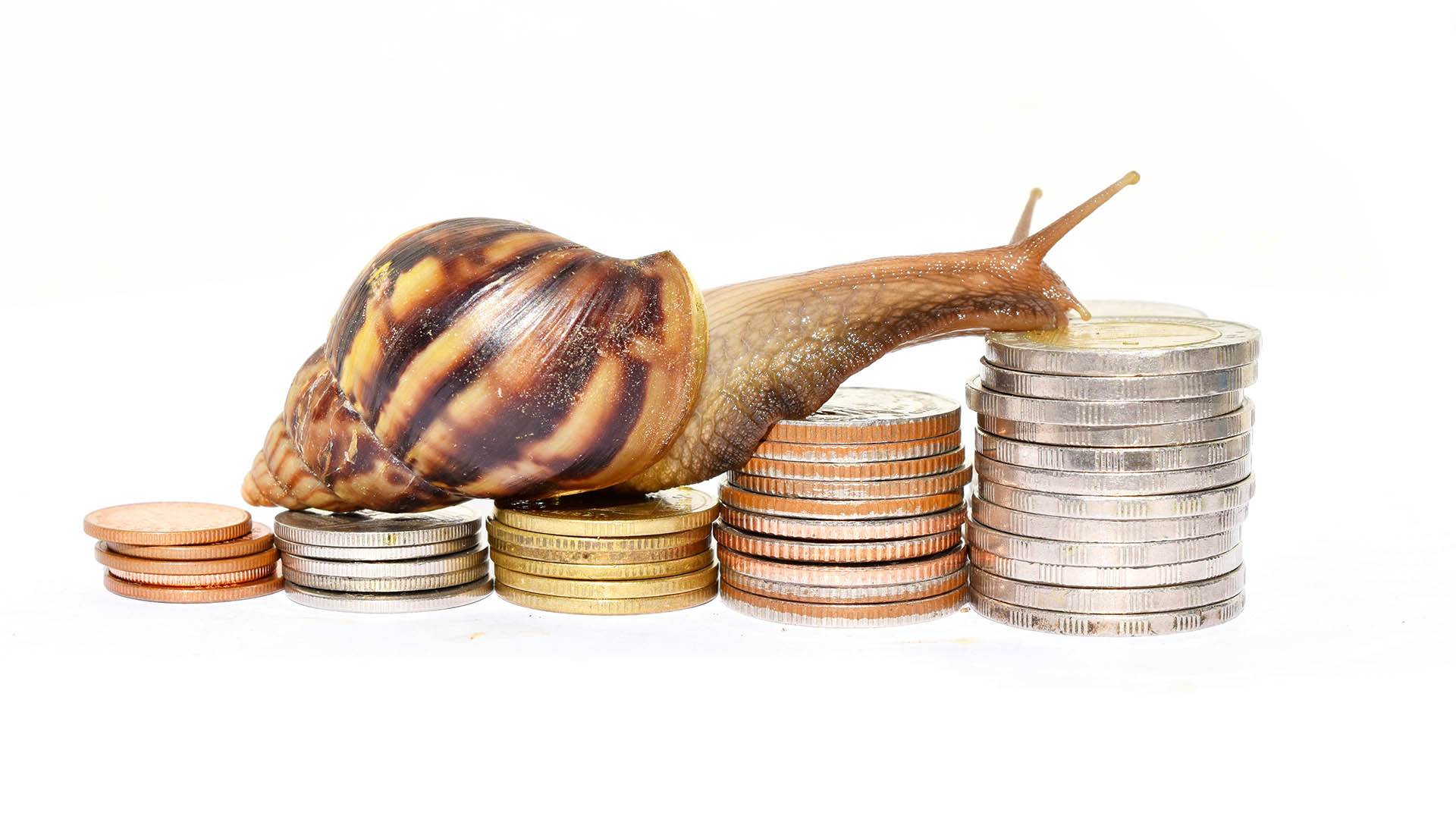Both the World and Asian Development Banks have forecast a cooling in the rapid pace of economic growth in East Asia; forecasts which should be of considerable interest to Australia.
In reports published on Monday and Tuesday, both Banks indicated that East Asia faces challenging times this year because exports are falling and business is cutting spending, while energy and food prices are rising, lifting inflation across the region. The inflation in food prices was seen as the region’s greatest challenge this year.
The ADB said it saw growth this year for East Asia, excluding Japan, slowing to around 7.6% from 8.7% in 2007, and a forecast last September of 8.2% for this year (see below for details). It sees growth in 2008 growing to 7.8%.
In its semi-annual report, the World Bank predicted growth of 7.3% for East Asia, excluding Japan.
The World Bank said that "Developing Asia", which also excludes Singapore, Hong Kong, South Korea and Taiwan, would expand 8.6%, the lowest growth rate for the group since 2002, and down from 10.2% last year.
The driver for this dip is China where the bank expects growth to fall below 10% for the first time in five years. Growth in China is expected to slow to 9.4% this year from 11.4% last year.
"East Asian economies will face testing times in 2008. Most analysts now expect the US economy to see either near-zero or negative growth in the first half of the year, followed by a mild recovery in the second half, accompanied by slower growth in Japan and Europe," the bank said in its latest regional economic review.
The World Bank said it considered soaring food and fuel prices as a greater challenge to East Asian governments than the financial turmoil in the United States and slowing global growth.
"In the medium-term the answer clearly lies in greater fuel efficiency, stronger and more productive global agriculture and an open international trading system. But in the short-term the bigger concern is to alleviate the harsh burden this imposes on the poor," the bank said in the report.
The high level of uncertainty about the global outlook, thanks to the US subprime mortgage crisis and credit crunch has caused the bank to assume a range of possible outcomes for growth. As a result it has a growth range for the troubled US economy.
It assumes the US economic growth could be anywhere between 0.5% 1.4% this year, down from 2.2% last year while for the Eurozone growth could be in a narrower range of 1.3-1.7%, compared with 2.7% in 2007.
”The near-term outlook for the region will depend to a large extent on the robustness of domestic demand in the face of slowing exports,” the World Bank said.
Exports to markets outside the United States and domestic demand had propped up Asia in the latter half of 2007, it said. Private consumer spending picked up and business spending was strong in China, Indonesia and Vietnam.
While business investment spending could slow this year, it could prove more resilient than in the 2001 recession, due to higher levels of capacity utilisation and stronger corporate balance sheets, it said.
The World Bank said Asia’s export growth seemed to be either gradually easing, or even recovering in parts, unlike in 2001 when a US downturn caused export momentum to plunge, and that supported the case for a soft landing for the region.
But World Bank said the bigger challenge for Asia would be managing rising inflation in economies already showing signs of over-heating and excessively rapid credit growth.
Rising food and fuel prices have driven inflation to a 26-year high in Singapore, nearly 14-month high in India and highest in more than a decade in Hong Kong and China.
Rice, the region’s staple food is in short supply: the Philippines can’t import enough, Prices have more than doubled in the past three months: with a 30% plus increase in the past week. India has just banned exports of non basmati rice, Vietnam and Cambodia have cut exports and Thailand has reported dozens of examples of rice thefts in recent months as thieves steal farmers’ grain.
Stockpiles, like those for wheat, corn and soybeans, are at multi-decade lows. Prices for other grains like wheat and corn have hit record levels or doubled in the past year: oilseeds like soybeans have doubled as well and all edible oils are expensive and in short supply.
The only saving grace is that because of rising living standards, food costs no longer take as much of each household’s budget: it is still substantial, but the proportion has lessened across the region.
Meanwhile it was a similar outlook from the ADB.
"The major risk lies not so much in softer growth but in rising commodity prices and accelerating inflation,” the Bank said yesterday. "Appropriate macroeconomic responses to accelerating inflation are likely to include tighter monetary policy and some exchange-rate appreciation.”
"Although developing Asia is now exporting more to other emerging economies, this is unlikely to compensate fully for losses in the much larger, more established markets,” the ADB said. "Market penetration of Asian suppliers in China’s final goods markets is limited, and strong growth in China will provide only a limited cushion against the downturn” in the U.S., Europe and Japan.
"The depth and duration of the U.S. slowdown will have knock-on effects elsewhere in the global economy,” the report said. “Though the prospect of a recession in either the eurozone or Japan looks less likely than in the U.S., growth is expected to decelerate sharply there.”
The ADB reduced its forecasts for China and India, the world’s two fastest-growing major economies. China’s expansion will slow to 10% this year from 11.4% in 2007, while India’s will ease to 8% in 2008 from 8.7%.
On













